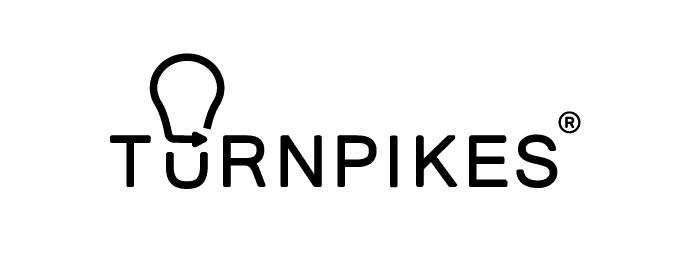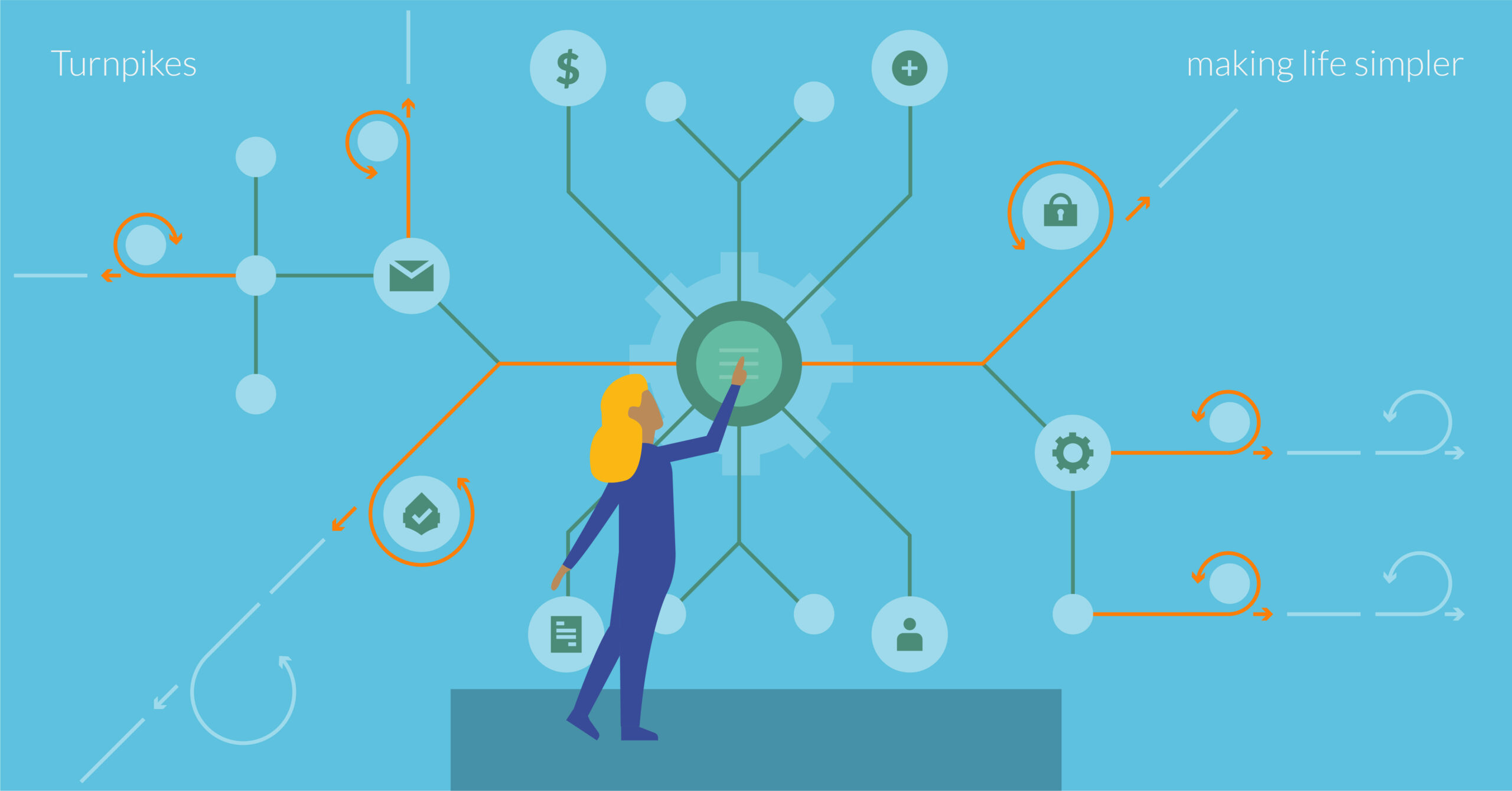Vendor invoices are a liability to an organisation, the question is, how expensive does that liability have to be? The volume of people interacting with invoices increases the cost of that liability, so the obvious answer is to try and get to the point of creating a touchless process. You have invested in ERP solutions already, so how do you maximise your value from them?
E-invoicing is already here, it influences the input channel. Mandates are in place already in many countries, with more to come, so getting prepared for maximising the opportunity this brings is also important. But just adopting this and calling it automation is incorrect, it is a channel, a means of distributing and receiving invoices, not a process. Getting too touchless requires more effort and awareness, it means understanding how your day-to-day activity occurs, where your bottlenecks are and where manual processes are required to hold everything together.
Let us get a few obvious things out of the way:
Getting to a touchless invoice process is a lot of work.
Different invoices need different handling.
You may only be able to get to a percentage of your invoices being touchless.
Anytime people are involved, things change and move around.
Some invoices have an obvious flow, they are regular, relate to regular Purchase Orders, have a regular set of parameters and are easier to manage according to consistent business rules They are great candidates for a touchless process. Some invoices are non-PO, they need to be pushed out to review often, so ideally fall into a “touch by design” category.

If we look at a rough number, perhaps 80% of your invoices could be touchless right now. These are the ones you should be working on first. They can be made touchless much simpler, by recognising the patterns within them and setting your parameters up to allow for their natural variation.
After that, we need to work on the outliers, the 20% that have no consistency, these are the ones that take up much more of people’s time and are where the real benefit lies. To improve these, they need to be looked at individually and worked on, tested, measured, tweaked then tested again.
So, to be able to make these changes you need to think about standardising processes, having correct master data and then you can manually create a process for these outliers that in turn can be automated. This is the key point; you cannot automate something that is not already happening. Too often we think of automation as a catch all for “fixing” things. If it is not possible to have a manual process that addresses it, it is not possible to have it automated. The same thing might be done 20 different ways in your organisation because when people get involved, the process becomes personal, not standardised. They may store things in various places, interpret things differently, know something that the process does not. People create organised chaos.
The short-term answer may seem counter-intuitive, but initially it is more people. To get too touchless, you need to invest in people first. Having enough people to build out manual process is the first step. That means that you are freeing people up, which is your goal using automation. Once you have a team in place that can handle all your processes manually, you can take the step of using tools to automate, let those people you have freed up handle the 20% of outliers better, then look to implement automation to the common aspects you find. You can reduce the money spent, you can reduce the time spent and you can increase the value of your ERP systems. Then you have the extra headspace to let those people make smarter decisions, identify early payment opportunities, be more creative with solutions to individual problems and continually iterate your automation to constantly add more value.
Touchless is a moving target, but that should not stop you aiming for it.





